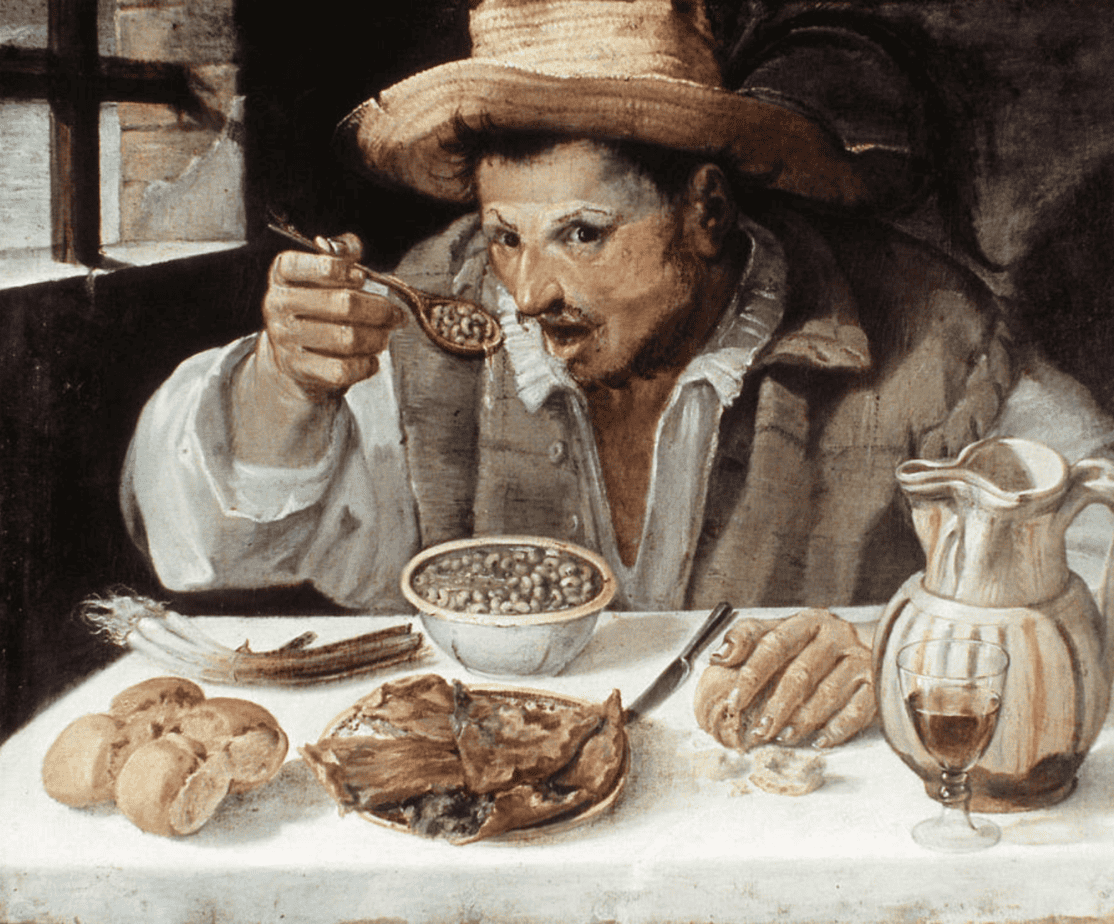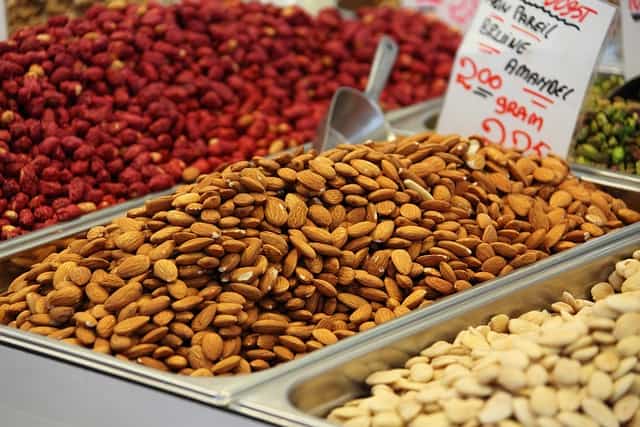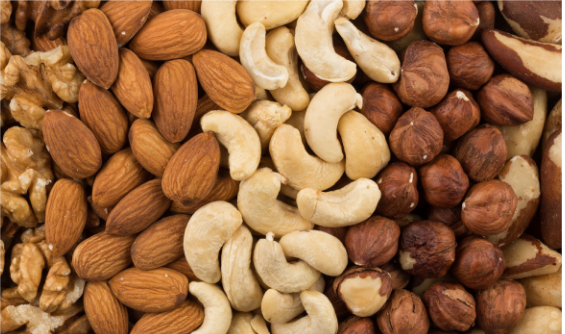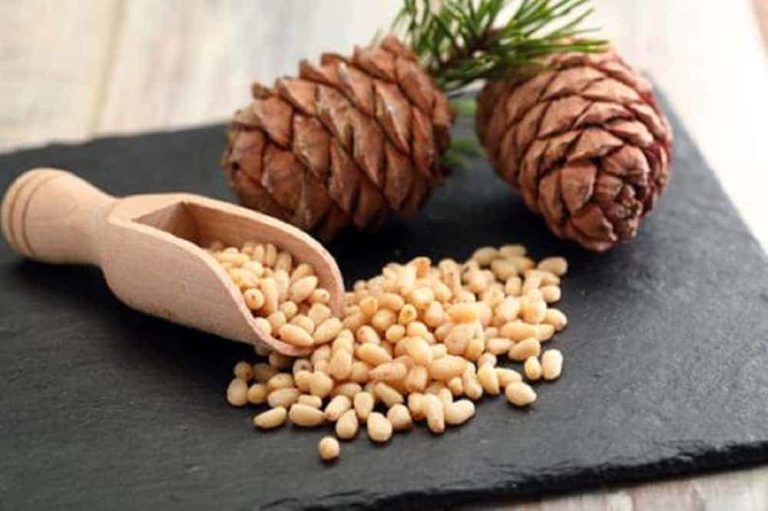Your cart is currently empty!
Nuts And Dried Fruit In Early Modern European Cuisine
Fruit In Early Modern European Cuisine
Early Modern European Cuisine refers to the culinary practices and food culture that prevailed in Europe during the Early Modern period, roughly from the late 15th century to the late 18th century. This era witnessed significant changes in agriculture, trade, and exploration, profoundly impacting European kitchen’ ingredients and cooking techniques.
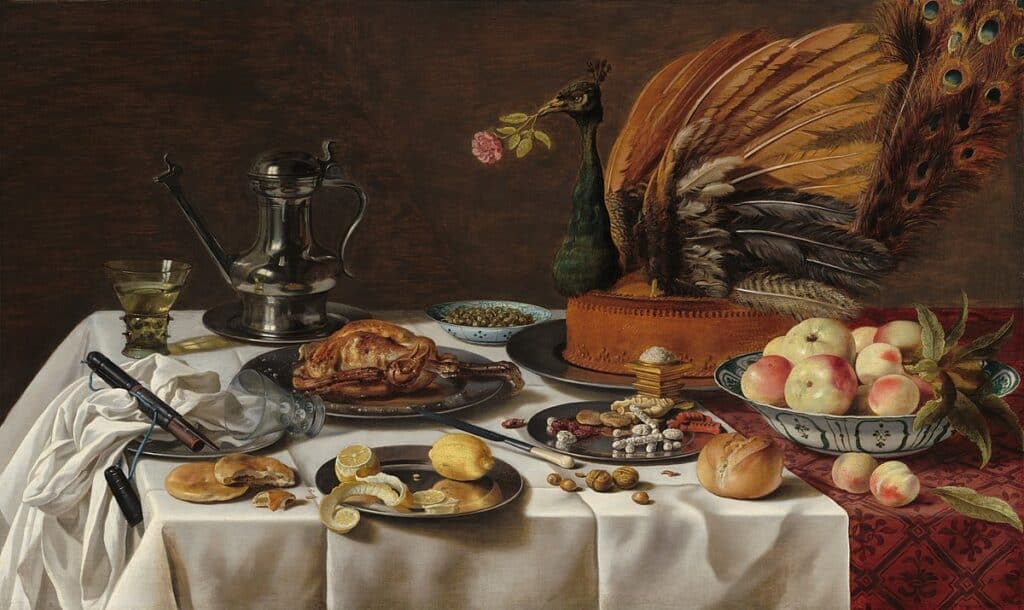
Key features of Early Modern European Cuisine include:
- Introduction of New Ingredients: Exploration and trade brought a variety of new ingredients to Europe, such as tomatoes, potatoes, corn, chocolate, and various spices. These ingredients gradually became integrated into European cooking.
- Rise of Culinary Innovation: The Renaissance era saw an increased interest in the arts and sciences, including culinary arts. Cookbooks became more popular, and chefs started experimenting with new flavors and presentations.
- Role of Spices: Spices were highly valued and were used not only for flavoring but also for preserving and enhancing the appearance of dishes. The spice trade was a significant driver of exploration and trade routes.
- Class Distinctions in Diet: There were notable differences in the diets of the upper and lower classes. The nobility had access to a wider range of ingredients and more elaborate dishes, while the lower classes relied on simpler and more basic fare.
- Regional Variations: Different European regions developed distinct culinary traditions based on local ingredients and cultural preferences. For example, Mediterranean cuisine had its own characteristics compared to Northern European cuisine.
- Advancements in Cooking Techniques: The Early Modern period witnessed improvements in kitchen technology and cooking techniques. The use of ovens, stoves, and new utensils became more widespread.
- Formalization of Dining Etiquette: As European society became more refined, formalized dining etiquette and elaborate banquets became more common, especially among the upper classes.
Overall, Early Modern European Cuisine reflects a dynamic and evolving culinary landscape. The European exploration of The Americas starting in 1492 and the growth of the Silk Road to Asia shaped these changes. Overall, it was global exploration, cultural exchange, and the changing social structures of the time.
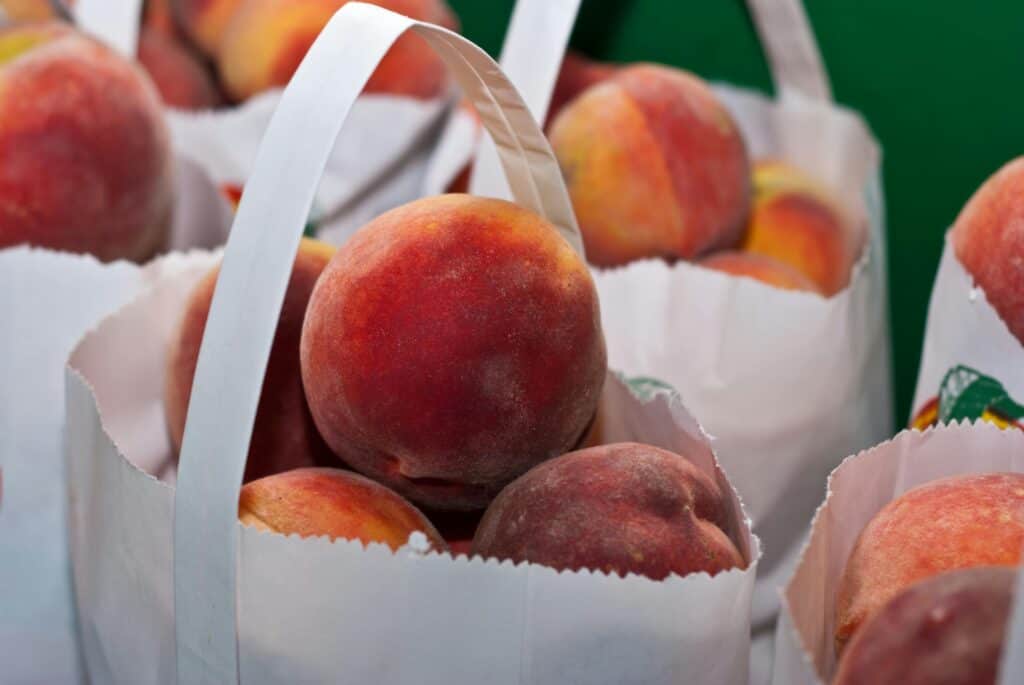
Peaches
The name peach derives from the Latin word persica, meaning from Persia. Physicians today and in the past in Europe warned that eating old peaches could be hazardous. Blackened and soft peaches can cause foodborne illnesses or digestive discomfort over time. This is why professionals recommend that they never be eaten at the close of a meal because the delay in the digestive process makes them prone to putrefaction in the digestive tract.
Clearly ignoring these warnings, peaches were commonly eaten in the last course as dessert in early modern European cuisine. Peaches are sweet and natural for pies and cakes. One common way to eat them in Europe was to serve them as appetizers. Cut them into cubes and soak them in undiluted wine.
Apricots
The name apricot is a corruption of the Latin word praecox, meaning precocious or early. The reason is that peaches are the first fruit of the spring. Apricots were often dried or made into preserves or jam but could also be cooked with savory ingredients. Without the addition of sulfur to the peaches during drying, their look would be brown when dried or put in preserves.
Plums
These were used much as they are today, in tarts, dried, or sometimes cooked with meats. Industrious cultivation of plum varieties and many other fruits began in late-seventeenth-century France.
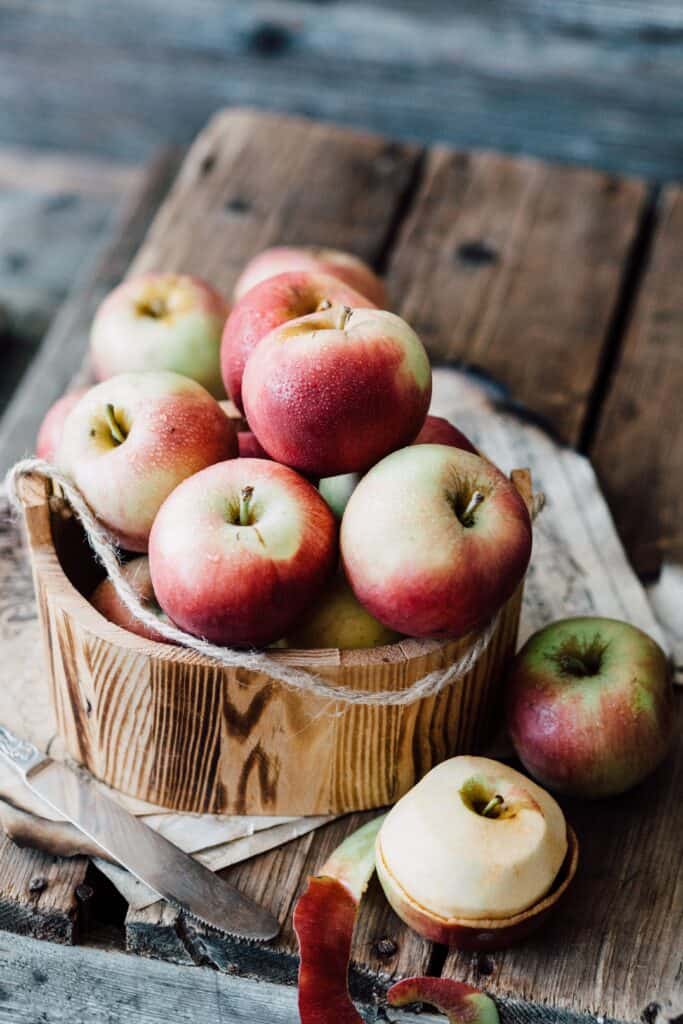
Apples
It will probably seem strange to those who know “an apple a day keeps the doctor away” that early modern Europeans thought apples were unhealthy. This may even be why early translators of the Bible identified the forbidden fruit of the Garden of Eden with the apple.
Physicians usually recommend that apples be baked. If eaten raw, tart apples should always come at the end of a meal, and sweet ones should always come at the start. They feared that a sweet fruit at the end of a meal would float at the top of the stomach and putrefy before other foods. Their fear may have had much to do with apple quality or freshness. In this era, they were not the beautifully uniform varieties we expected. Most were probably misshapen, sour, and best used to make hard cider, a typical drink in western England and Normandy.
With the publication of several classics in the science of Pomology, the branch of botany that studies fruits and their cultivation, described the latest techniques for selectively breeding improved apple strains. Porta’s Pomarium and Charles Estienne’s Seminarium were the trendy apple varieties of the day throughout Europe. Today, you cannot find them in modern supermarkets like you can the Granny Smith or the Honeycrisp varieties. In the sixteenth century, Giambattista Della Porta’s, European Food Scholar, Pomerian and Charles Estienne’s Seminarium set the trend to continue in the next century. Culminating in Charles Cotton’s The Planter’s Manual, John Evelyn’s Pomona, and finally Jean de La Quintinie’s Instruction pour les jardins fruitiers et potagers. New varieties of apples were also sometimes named for their creators or for famous people. An example is the Newton Pippin, which was named to commemorate Sir Isaac Newton’s discovery of the laws of universal gravitation.
Pears
Pears were generally not recommended by physicians and considered cold, moist, and difficult to digest. Despite this, pears were a part of common food in early modern Europe. Following the written texts of the time, they were a popular fruit. The cultivation of the modern pear dates back to ancient times. Pears were enjoyed in various forms and dishes, both sweet and savory.
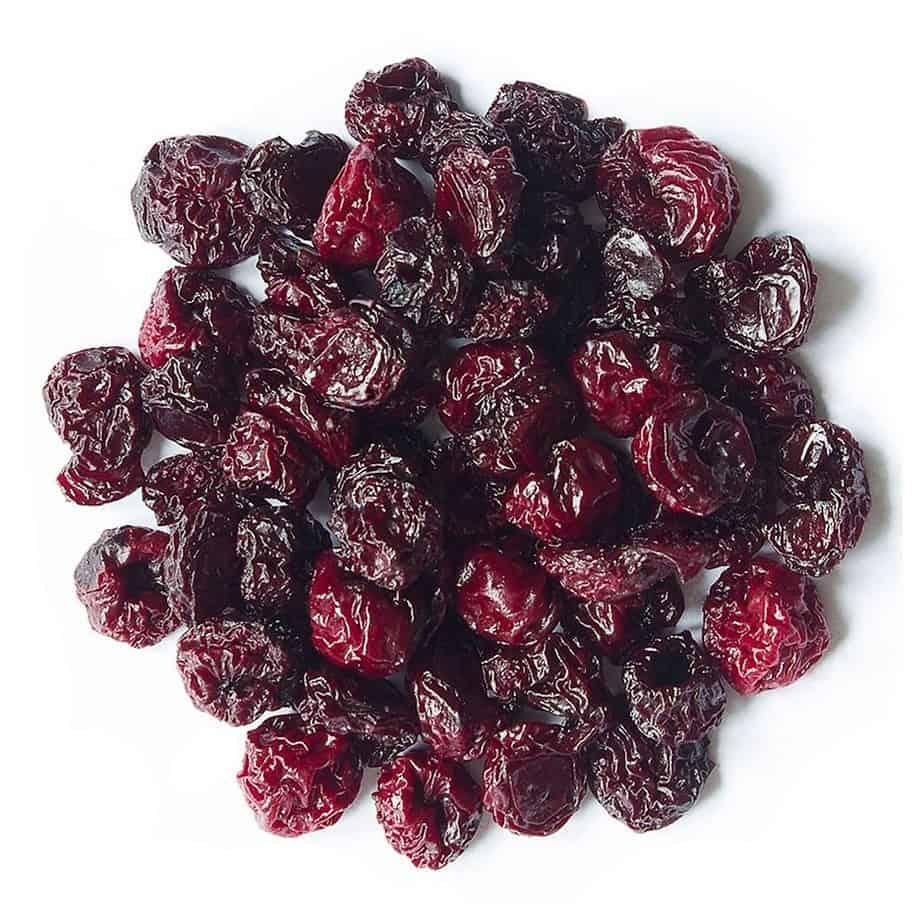
Cherries
Though we consider cherry pie particularly American, there are recipes for it in most early modern cookbooks. Cherries themselves were considered a particularly luxurious and erotic fruit. Luscious lips were frequently compared to them, as a poem by Robert Herrick (1591-1674) shows.
Oranges And Lemons
Like lemons, oranges were greatly esteemed and grown in specially built orangeries. An orangery is a building for growing citrus. Physicians recommend fresh citrus juice in the morning to prevent kidney stones. Joseph Duchesne claimed that “oranges are among the most beautiful fruits, and the most useful, and their juice is used commonly on all the best tables.” He claimed that orange juice comforts the heart and stomach when taken in the morning, and being acidic, it dissolves kidney stones.
The most common orange was the rather tart and bitter Seville variety, better used in cooking than eating. The sweet orange, introduced from Asia, did not appear in Europe until 1529. A common salad consisted of sliced oranges, peel, and all, with sugar or salt cast over them, and sometimes onions and capers. The peel of a grated or candied lemon was a typical garnish.
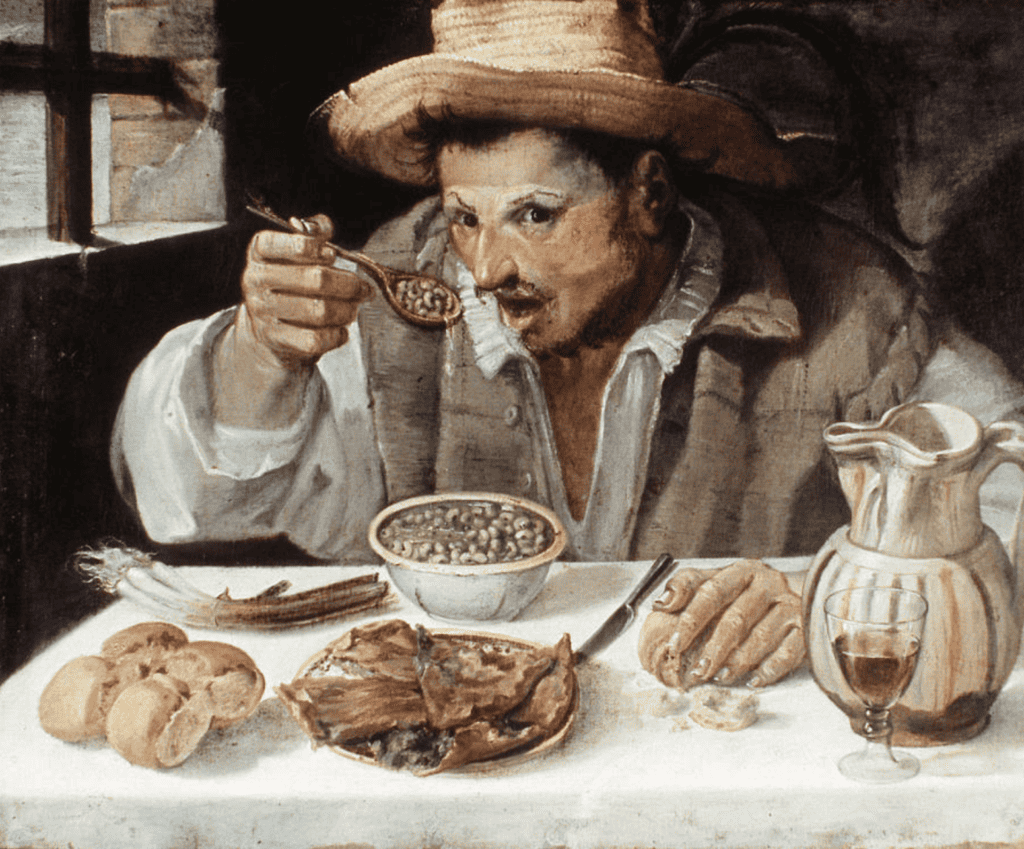
Limes and Grapefruits
Both lime and grapefruit, originating in southeast Asia, were foreign to Europe. Limes likely came to Europe over The Silk Road. Grapefruits are from the Caribbean. Limes were recommended on ocean-going voyages to prevent scurvy as early as the sixteenth century but were regularly issued to British sailors, or “limeys,” after James Lind’s research showed how effective they are at preventing the disease. Grapefruits, probably a mutated form of the pomelo introduced into Barbados from southeast Asia, were practically unknown to Europeans until the end of the eighteenth century.
Citrons
The oldest citrus fruits, citrons, were known to most Europeans as candied peels, which they used both in cooking and as a garnish. When they are fresh, they resemble lemons and are used much the same way, though they contain little juice.
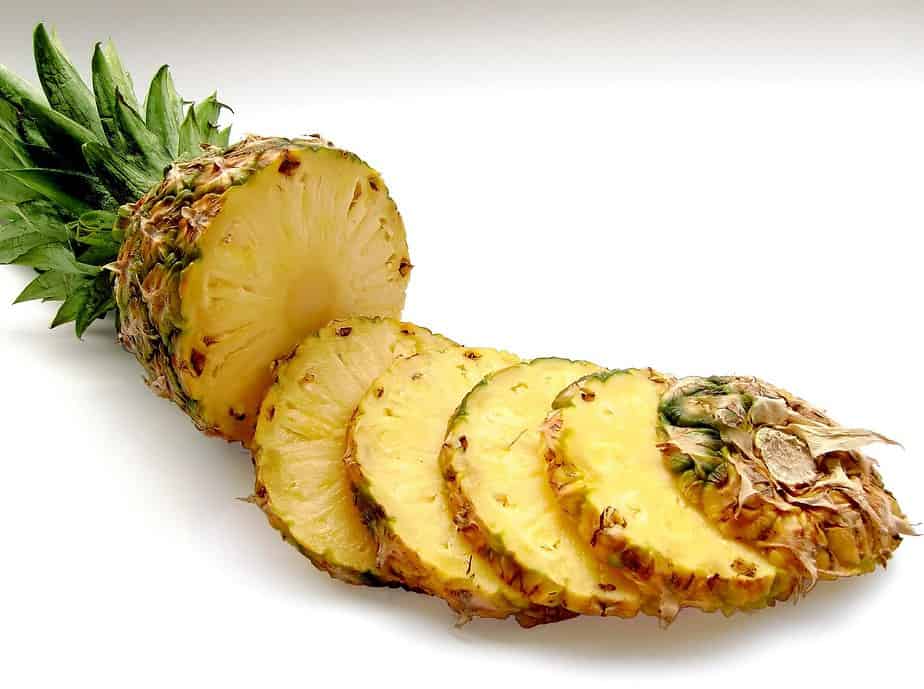
Pineapples
Native to the New World, Europeans did not enthusiastically embrace the fruit, probably because they are difficult to ship and can only be grown in tropical climates. Europeans do not seem to have known what to do with pineapple cither. The very name in English suggests how strange people thought they were. They vaguely resemble the cones that yield pine nuts. Charles II was depicted in 1670, with the first one grown in England. It appeared in a recipe book for the first time in the eighteenth century. By then, the excitement over pineapples mounted steadily. Carved wooden ones were even featured on houses as a symbol of hospitality.
Figs
Believed to inflict comparatively lesser harm than certain other fruits, figs, when consumed excessively, could potentially pose risks to the liver or spleen. There was also a historical belief that overindulgence in figs might lead to lice development. There was an unscientific notion that these tiny insects could seemingly generate spontaneously on the scalp.
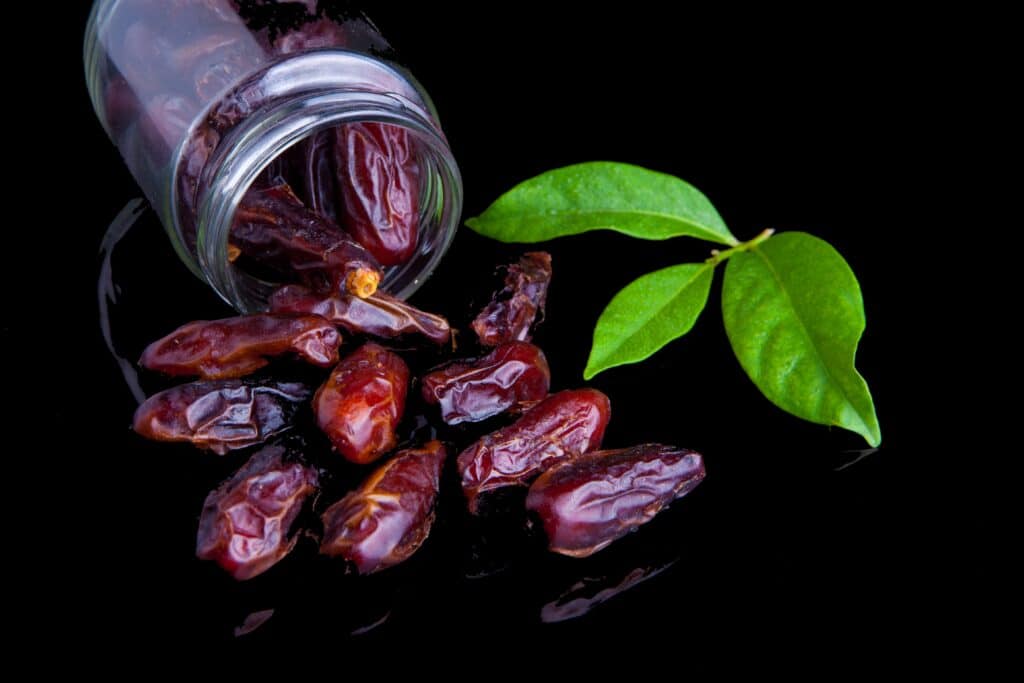
Dates
As just about the sweetest food available to Europeans, dates were highly valued and rare. They were expensive since there was nowhere in Renaissance Europe where they would bear fruit. For centuries, dates were fully grown from date palm trees in the Middle East and shipped to Europe on boats. Physicians warned that excessive consumption of dates can rot the teeth, which is true.
Jujubes
These diminutive oval fruits, resembling dates in both texture and flavor, enjoyed popularity as a garnish in Renaissance Italy.
Currants and Gooseberries
Although relatively rare in the United States, currants and gooseberries have always been common in Europe. Currants, tiny tart red fruits, were used to make medicinal syrups during pestilence. They can also be found in soups and salads during the summertime. What we call currants are actually raisins made from tiny grapes. Both currants and gooseberries are excellent in jams and are referenced in many books from this era.
Raspberries and Blackberries
Most common in northern Europe during the Renaissance, raspberries and blackberries were used exactly as we do today, eaten fresh or in preserves. They were also made into confections and syrups of a more medicinal nature.
Nuts In Early Modern European Cuisine
Almonds
Almonds were imported and relatively expensive for most Europeans. They were used in cooking in Europe in much the same way as among Arab peoples. In the sixteenth century, they were still used to make almond milk, a thick liquid strained from the ground and soaked almonds. It could replace regular milk in Lenten dishes. This procedure gradually went out of fashion in later centuries. Almonds were ground with sugar into almond paste or marzipan. Deserts used almonds in dozens of confections and savory dishes and could be molded into shapes. Green immature almonds were also a delicacy during spring in places where they grew.
Chestnuts
A very important food in mountainous regions such as the Cévennes in France and much of Italy and Spain, chestnuts would have an association with people experiencing poverty. Physicians considered them to be very difficult to digest. Nonetheless, people of all social classes did consume them roasted in a perforated pan or under the coals, boiled, candied or in the form of a chestnut purée. Chestnuts could be baked into bread as well. A thriving trade also existed, transporting chestnuts from southern Europe to northern ports.
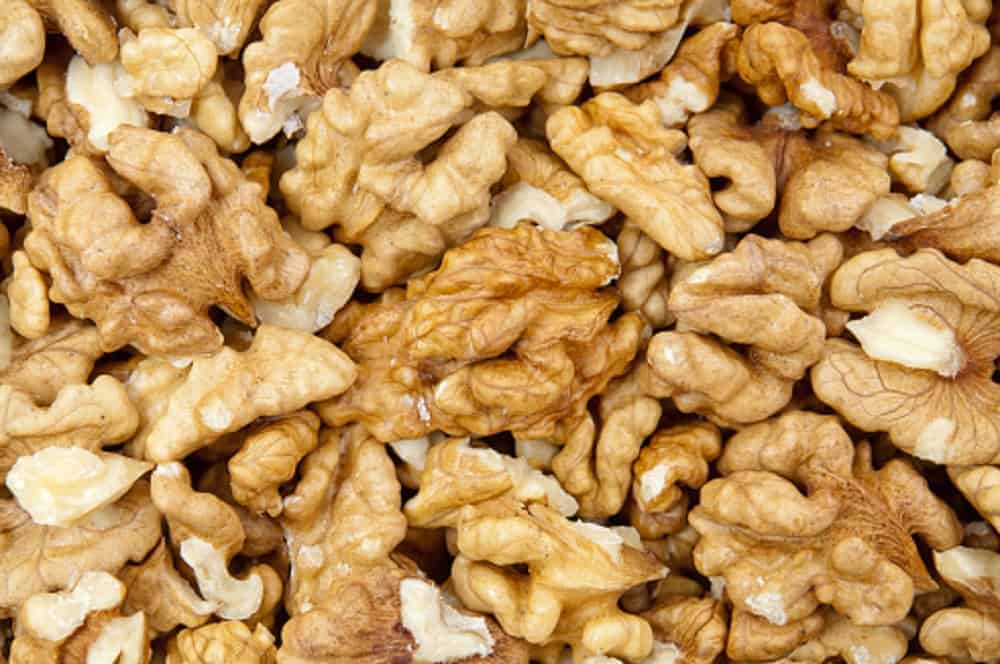
Walnuts
According to the Doctrine Of Signatures, the shape and color of a given food will offer clues about its therapeutic value. Their color of Because of their similarity to a brain, walnuts were, therefore, considered good for the mind. As a food, walnut halves and pieces figured prominently when pounded into many sauces. The Ligurian, or Italian Pesto, is a modern example made with basil, garlic, olive oil, cheese, and delicate salad oil.
How To Pickle Walnuts:
Take walnuts about midsummer. They are at their softest when a single pin can easily pass through the shell and the walnut inside. Put them in a deep pot and cover them with ordinary vinegar. Change them into fresh vinegar once every fourteen days for six weeks. Take two gallons of the best vinegar and add coriander, caraway, and dill seeds. Next, add one ounce of grossly bruised ginger sliced, whole mace, nutmeg, and bruised pepper. Give the whole thing a boil. Have your nuts ready in a pot and pour the liquor boiling hot over them. Repeat this nine times.
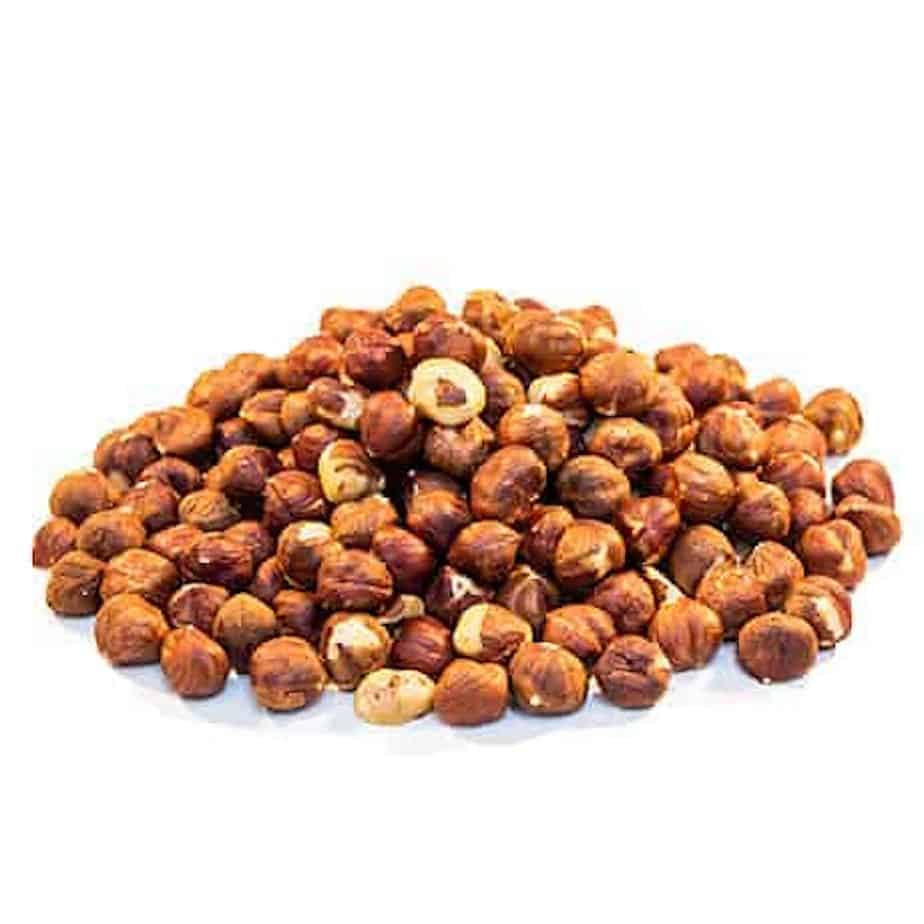
Hazelnuts and Filberts
Hazelnuts and filberts are very closely related species, the former American and the latter Eurasian. Filberts are named for St. Philbert, whose feast day is August 22, when the nuts are said to ripen. The most common use of hazelnuts in early modern European cuisine was when pressed into oil. It shows up as oil in several recipes.
Pine Nuts
The large edible seeds contained in the cones of several pine tree species, pine nuts have always been used as a food in southern Europe. They grind these seeds into sauces and even milky soups such as the white gazpacho of Spain, baked into cookies and other confections. Finally, using them as a garnish for nearly any dish, sweet or savory.
The belief was that pine nuts increase sperm production and were thus a recommendation for couples hoping to have children. A wide variety of pine trees grow in the northern hemisphere. Some people are allergic to Asian pine nuts and not European pine nuts. That is called Pine Nut Syndrome.
Pistachios
Pistachios were an imported luxury item and relatively unknown except for those who could afford them. The height of their popularity as a cooking ingredient was during the seventeenth century in Italy. Bartolomeo Stefani, for example, in his L’Arte Di Ben Cucinare (The Art Of Good Cooking) of 1662. This chef and scholar uses them pounded in sauces and as a garnish in his early modern European cuisine. Maybe the most famous is an interesting cauliflower dish in which the par-boiled vegetable is fried in butter with nutmeg, egg yolks, lemon, and crushed pistachios.
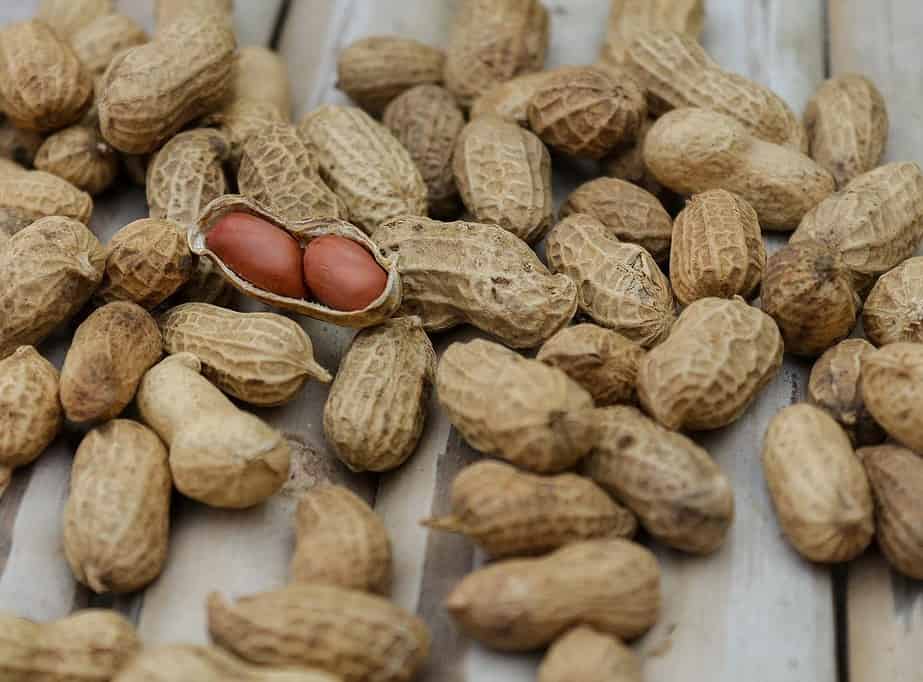
Peanuts
Peanuts are a South American plant probably originating in Peru and are technically not a nut but an underground legume. Brought by the Spanish and Portuguese to both Africa and Asia. They thrived in both places but never seem to have caught on in Europe. It is likely attempts to grow peanuts were made to a limited extent in Spain in the early modern period. They arrived in North America from Africa. The Portuguese brought them to grow in the American South.

